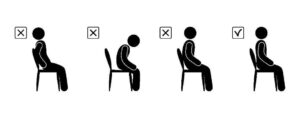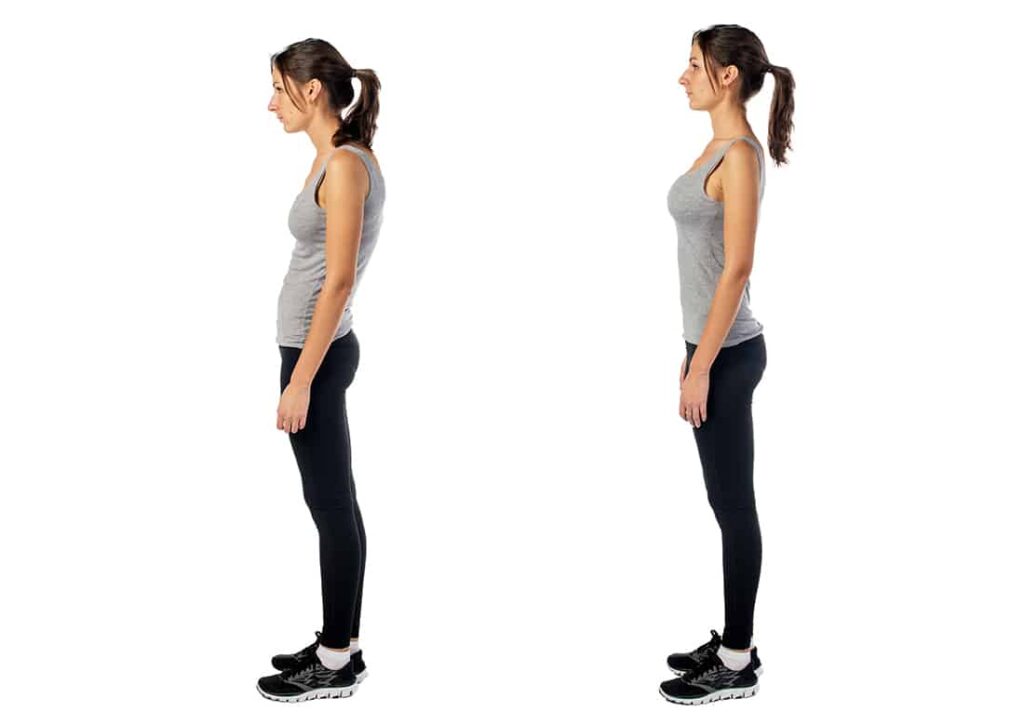5 Tips to Preventing Sciatica
Let’s face it: Nobody wants to live with pain, but it’s harder to avoid injuries and pain as we get older.
The risk of back pain increases after the age of 30. Sciatica is one of the leading types of lower back pain, with up to 40% of Americans suffering from sciatica at some point in their lives.
Any condition that aggravates the sciatic nerve (the long nerve that runs from your lower back to just above your calves), thereby causing pain, is considered sciatica.
If you think you have sciatica but haven’t had a proper diagnosis yet, it’s time to make an appointment with a low back pain specialist to rule out conditions that mimic sciatica.
A low back pain specialist, such as a lower back pain physical therapist, will guide you through specific tests to determine if you have sciatica or something else that shares similar symptoms.
Simply assuming that you have sciatica based on your symptoms can make your pain worse, since you might choose the wrong type of treatment.
The main symptom of sciatica is numbness, tingling, or pain that radiates from your lower back, down the back of your leg, and ends around your calf.
This pain typically occurs on only one side of your body.
We might have to do a little more work as we are older to prevent injuries and pain such as sciatica.
We have a physical therapy clinic in Fort Myers, FL with Back Pain Specialists who can help you discern if you have true sciatica.
On the bright side, there are a few easy steps we can take to prevent painful conditions and symptoms like sciatica.
Here are the five best tips for preventing sciatica:
Tip #1: Think before You Sit

Freeze! Take that phone or wallet out of your back pocket!
Sitting down with a wallet, phone, or other object in your back pocket is an easy way to irritate your sciatic nerve. Many of us forget to take our wallets or phones out of our back pockets when sitting down for a meal, driving, or working.
Your sciatic nerve runs through your buttocks, so sitting with an object in your back pocket can bother the nerve and lead to sciatica. If you develop sciatica, your symptoms will most likely occur on the side of the body where you tend to put your phone or wallet (if you put it in your back pocket).
Sciatica and lower back injuries occur much more often in people who sit for long periods of time than those who take frequent breaks from sitting.
The issue with sitting is that it places extra pressure on the discs and ligaments in your back, meaning that you are more likely to suffer pain and injuries from this added stress.
Health professionals recommend getting up every thirty minutes to walk or stretch. This doesn’t just reduce your risk of pain and injuries – it helps prevent and manage a host of other issues such as high-blood pressure, diabetes, anxiety, and just about any other unpleasant condition that you can think of.
#2: Make time for Exercise

Sitting less often (and without objects in your pocket) is a great way to prevent sciatica; however, just switching from sitting to standing won’t cut it.
The key to a happy and pain-free body is movement. Exercising will decrease tenseness that builds up from sitting or standing too long.
Spine-specific exercises such as core strengthening, back stretches, and back mobility exercises are particularly helpful for sciatica prevention.
Who wants to spend time and money on doctor appointments and cancel fun plans? Obviously, no one.
Scheduling 30 minutes of aerobic exercise each day and adding strength training twice a week will help you avoid injuries and painful symptoms like sciatica that often warrant doctor visits and ruin your plans.
#3: Crank Up Your Core Routine

Crunches aren’t the only way to strengthen your core. In fact, there are many other core exercises (such as planks and glute bridges) that are more effective and safer for your back than crunches.
Developing a strong core is key to injury and sciatica prevention. Many of the lower back injuries and conditions that contribute to sciatica are caused by weak core muscles.
Your core doesn’t just include your abs, but all of the muscles that are between the buttocks and chest. Core exercises that target the lower back and glutes (located toward the top of the buttocks, just below your lower back) are great for sciatica prevention.
Here’s a video explaining how to do a simple core strengthening exercise that can help prevent sciatica:
#4: Watch Your Weight

Excess body weight places a heavy burden on your spine. Being overweight is one of the biggest risk factors for injuries that cause sciatica.
Belly fat is especially stressful to the spine because the uneven distribution of weight can pull the spine out of alignment and lead to conditions that can cause sciatica, such as bulging discs (which is when a disc in the spine protrudes too far outward).
Staying hydrated, adding more fibrous and nutrient-rich foods to your diet, and exercising 30 minutes each day are some of the best ways to shed excess pounds.
#5: Fix Your Posture

What’s a great way to prevent sciatica and look good doing it? It’s to fix your posture!
We know that good posture is good for us. Most have us have grown up hearing our parents, grandparents, or teachers nag us to “sit up straight” or “stand tall.”
The problem is that many of us weren’t taught what good posture actually is. We may think we’re sitting up or standing tall, but our bodies might secretly know otherwise.
Now, look straight ahead.
If “straight ahead” is this article, that’s a good sign for your posture. If you had to lift your chin up to look straight, you’re placing extra stress on your spine because your neck was craned too far forward and your head too low.
How to Sit with Good Posture

Sit with both feet placed flat on the floor just in front of you. Pull back your shoulders so that they are in the middle of their sockets. Position your head so that your ears are directly aligned above your shoulders.
When you’re in good sitting posture, you can draw an imaginary straight line from your head to your hips.
How to Stand with Good Posture

Place your feet hip-width apart and slightly bend your knees. Roll your shoulders back so that your chest and buttocks are pressed slightly outward with your tummy tucked inward. Position your head so that your ears are aligned with your shoulders.
When you’re in good standing posture, you can draw an imaginary straight line from head to toe.
Do You Have Back Pain or Sciatica? We Can Help!
Maybe it’s too late to try “preventative measures”—but that’s okay! Most cases of lower back pain and sciatica are easily treatable with the right help.
Our skilled team of lower back specialists can give you an accurate diagnosis and effective treatments for sciatica by seeing one of our sciatica specialists.
Call our office at 866-946-9539 and schedule your appointment today!
We offer Physical Therapy in Fort Myers, FL, and Physical Therapy in Cape Coral, FL.




